 |
|
indigenous
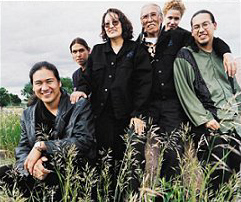
GREG ZEPHIER (IHANKTOWAN HOKSHINA)
1930-1999
 |
|
indigenous

GREG ZEPHIER (IHANKTOWAN HOKSHINA)
1930-1999
Father, husband, grandfather, and leader in the fight for indigenous rights, Greg Zephier passed on to the spirit world the morning of April 29,1999. Greg Zephier was a talented artist whose painting of a peace pipe across theWestern Hemisphere became the internationally-recognized logo for the International Indian Treaty Council and the united struggle of all indigenous peoples of the world. He was also a noted American Indian diplomat and human rights advocate, working from 1974 until the mid-1980's representing indigenous people on land, human rights and self-determination issues in the United Nations and throughout the international community.
In the 1960s Greg was the founder and lead guitar player for the band, the Vanishing Americans, one of the first native bands to travel nationally.
They were known for their great music and the fact that they built all of their own instruments. Greg, who was a member of the Ihanktowan Nakota (also known as the
Yankton Sioux) Nation, set down his guitar in the early 1970s and joined the American Indian Movement, where he rose to become one of its leaders. He was a founder of the International Indian Treaty Council, which was in
the forefront of the international aspect of the indigenous struggle, and he traveled throughout the world meeting with international leaders, nations and organizations while advancing the cause of the rights of native peoples.
Greg and his family participated in The Longest Walk in 1977, and in 1981 helped found Yellow Thunder Camp in the Black Hills of South Dakota, which helped reestablish the right of American Indians to practice their religion in the sacred Black Hills pursuant to rights established under various treaties with the Sioux Nation.
Recently, Greg focused his energy on creating and guiding the band Indigenous, made up of four of his children Mato, Wanbdi, Pte, and American Horse. He taught and guided them to their current status as world class performers, and the band has become his personal and professional legacy. Greg's unwavering commitment to Indian people, his artistry, and his encouraging and loving embrace of family and traditional Dakota values will be surely be missed by all who had the honor to know him. He is survived by his wife Beverly, 17 children and 48 grandchildren.
Wake services will be held for one night at the Wagner National Guard Armory (Highway 46), in Wagner, South Dakota, on Friday, April 30. Mr. Zephier will be moved from the Crosby-Jaeger Funeral Home in Wagner at 10:00 a.m. Family and friends will hold a walk from the funeral home to the National Guard Armory when they move Mr. Zephier. Burial will be held at the Zephier Sundance Grounds and Residence in rural Marty, South Dakota on Saturday, May 1 at 5:00 p.m. Flowers, cards or other memorials may be sent to the Wagner National Guard Armory.

Bio - Incendiary guitar, soulful vocals, house-shaking rhythms - this is the real deal, this is the band Indigenous. Their stylistic roots reach back to America's earliest form, the blues; they can trace their personal roots back even further. A family of musicians -two brothers, sister and cousin - they have played together as long as they can remember. Members of the Nakota Nation, Mato Nanji, Pte, Horse and Wanbdi are all still in their early twenties - but they play with the skill and tested fire of significantly older souls.
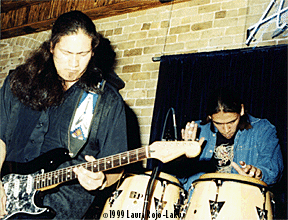
Growing up on the Yankton Indian Reservation in South Dakota, they were home-schooled and, in addition to learning the basics, music played a major role in their academic life. Their father, Greg Zephier, had played in the '60's and '70's with a band called the Vanishing Americans. It was his record collection, heavy on Santana, Hendrix, Buddy Guy and The Three Kings Of Blues (Albert, Freddie and B.B.) from which his children drew inspiration and were first exposed to the music that they would one day make themselves. He also instilled a respect for their Nakota heritage by teaching the indigenous language and culture. Zephier, an American Indian Movement (AIM) activist, got the kids interested in the movement, even taking them (with Pte still nursing) to demonstrations in Washington, DC in 1978. While still pre-teens, they discovered their dad's band equipment in the basement, and got to work. Says Wanbdi: "Our dad showed us the basics, but from then on, he made us work everything out ourselves." Each sibling chose an instrument - Mato, the guitar he'd soon handle so fluidly; Pte, the bass. Wanbdi, the drums. Horse took up percussion and his road gear now includes congas, bongos, timbales and a tambourine. Mato became the lead singer with Pte and Wanbdi providing back-ups. Mato also began songwriting, with an occasional generous assist from Wanbdi as lyricist.
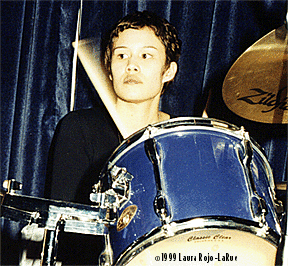
Their father insisted that they practice intensely for at least two years before performing in public. In fact, they spent more than five years perfecting their skill before ever facing an audience. Says Mato: "When we started out, we'd only listened to records. We had never seen any band perform live." This is truly an amazing statement from a group that has had such a profound effect on audiences. Acclaimed across the board by critics who have seen the band perform live, the constant refrain is that they never fail to ignite a crowd. In only four years since they began touring, Indigenous has crisscrossed their native mid-west countless times.
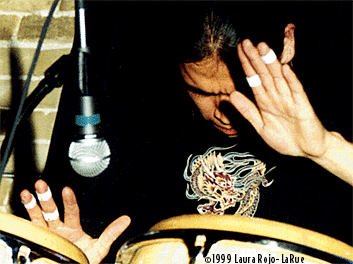
Along the way - playing 171 gigs in 1997 and 150 this year - Indigenous have gained followers and fans, Bonnie Raitt and Jackson Browne among them. Musicians have befriended Mato, Wanbdi, Pte and Horse. They have shared the stage with Melissa Etheridge, Jonny Lang, Keb' Mo', Chris Duarte and Big Head Todd and the Monsters. While gaining exposure as a celebrated opening act, Indigenous was asked by yet another notable fan, Amy Ray of the Indigo Girls, to record a song for her Honor The Earth compilation. Jim Nickel, owner of world-renowned Pachyderm Studio (known for recordings by Nirvana, Live, PJ Harvey, Soul Asylum and so on) and producer Brent Sigmeth recorded the song. Nickel was so impressed upon hearing Indigenous that he soon signed them to the newly-formed national independent label, Pachyderm Records. Things We Do, the first top-level studio production from Indigenous, was born.
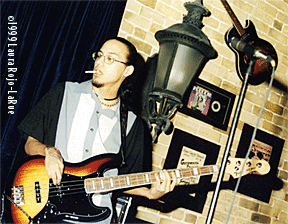
Things We Do has been released in the United States to rave reviews. The first single, Now That You're Gone, has exploded onto U.S. Rock Radio and skyrocketed up the radio charts. The video for the second single, the title track Things We Do, directed by Chris Eyre (director of the award-winning Smoke Signals), won the award for best video at the American Indian Film Festival. The video was shown three times at the upcoming prestigious Sundance Film Festival, where Indigenous also performed live.
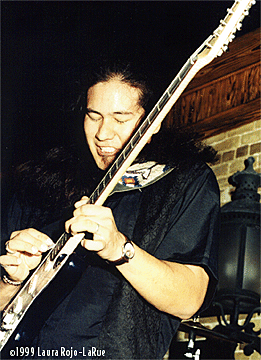
"We love what we do." Mato says. "There's nothing about it that we don't love. And all we want to do is continue to make more music, play for more people and get more people to listen." With Things We Do, Indigenous seems destined to have that wish fulfilled. "It's hard for us not to play," says Pte, "we just love doing it so much."
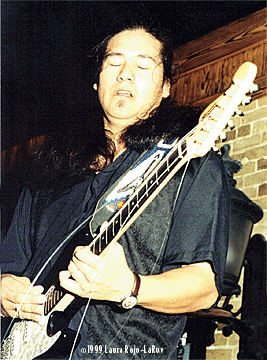
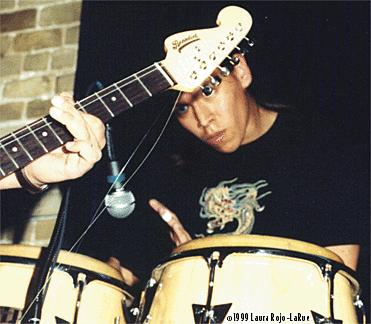
From Marty, South Dakota. They are from the
Lakota Nation (Sioux).They will be back in town on May 8th for the
KLBJ End of School Bash at Waterloo Park.http://www.indigenousrocks.com
Mato and Loris Lowe from KLBJ-FM